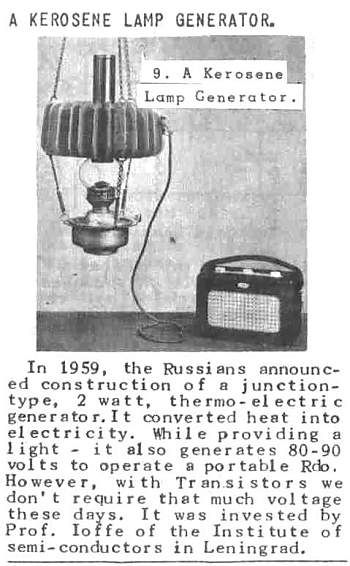The thermocouple per-say doesn't need an earth but by virtue of it being connected to the structure of the fire/boiler it's outer skin is earthed. When the remote end of the t/c tubing is connected to the gas valve there is both mechanical and electrical connection between the tubing outer and the valve, hence completing a closed elctrical circuit.
On the question of reliability of the return spring driving the pilot valve (see my previous photos) I've measured the spring force acting on the plunger and it's in the region of 5 Newtons (0,5kg)
I'm currently (excuse the pun) building a test rig to determine voltage and current capability of a t/c- results in a week's time (maybe)
On the question of reliability of the return spring driving the pilot valve (see my previous photos) I've measured the spring force acting on the plunger and it's in the region of 5 Newtons (0,5kg)
I'm currently (excuse the pun) building a test rig to determine voltage and current capability of a t/c- results in a week's time (maybe)


